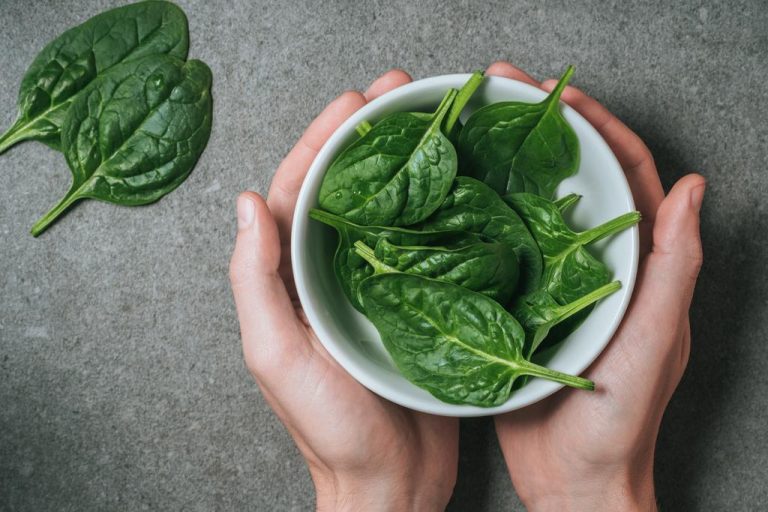Sodium nitrite is found in various foods in artificial and natural forms. You can find out in this article whether the preservative is harmful to health.
What is sodium nitrite?
Sodium nitrite is the sodium salt of nitrous acid, also known as hydrogen nitrite. Manufacturers usually use artificially produced sodium nitrite to preserve meat and sausages.
Sodium nitrite is an essential component of pickling salt. In addition, it gives meat products a more intense color and the typical “cured flavor”. The sodium salt itself is crystalline and colorless to slightly yellowish. You can find it under the number E250 in the list of food additives. It occurs in particularly high amounts in cured meat, duck or foie gras and sausages.
Sodium nitrite also occurs naturally in some nitrate-containing vegetables, as the nitrate present converts to nitrite under certain conditions. Vegetables with a particularly high nitrate content are, for example:
spinach
lettuce
Kohlrabi
radish
beetroot
On the one hand, the absorbed nitrate can be converted into nitrite in the body by bacteria in the mouth and stomach. With incorrect storage and poor hygiene, however, the conversion can also take place in the food itself.

How dangerous is sodium nitrite?
Sodium nitrite is a health concern. On the one hand, this is due to the fact that in excessive amounts it can impair or even completely prevent oxygen transport in the blood. This usually cannot happen in adults: they have an enzyme that prevents the effects of sodium nitrite on the blood.
In infants, however, this enzyme is not yet sufficiently developed. Therefore, if they consume too much nitrite, in the worst case this can lead to death by asphyxiation. Children who suffer from a gastrointestinal infection or other digestive problems should also avoid nitrite. In a damaged digestive tract, there is a greater risk that nitrate will be converted into nitrite.
When sodium nitrite is heated, as is the case when frying cured meat, for example, so-called nitrosamines are also formed. These have turned out to be carcinogenic in animal experiments. The extent to which these results can be transferred to humans has not yet been scientifically clarified.

